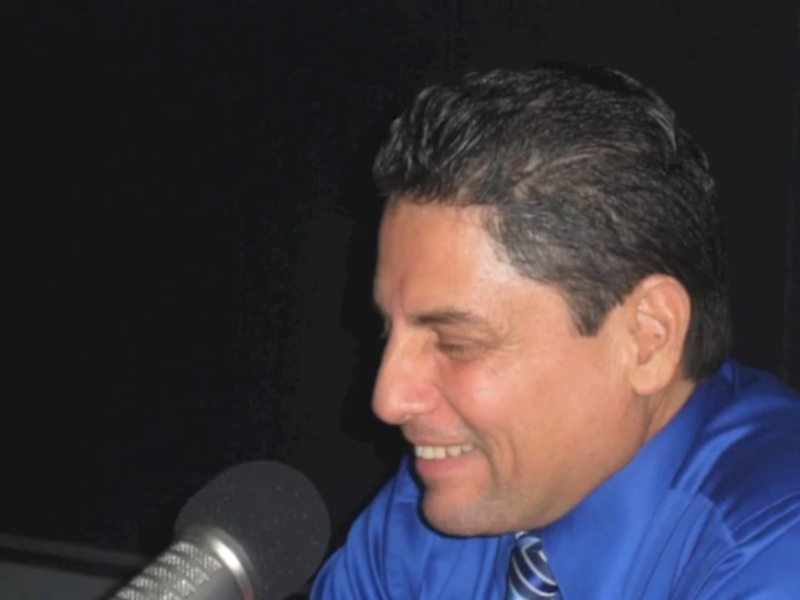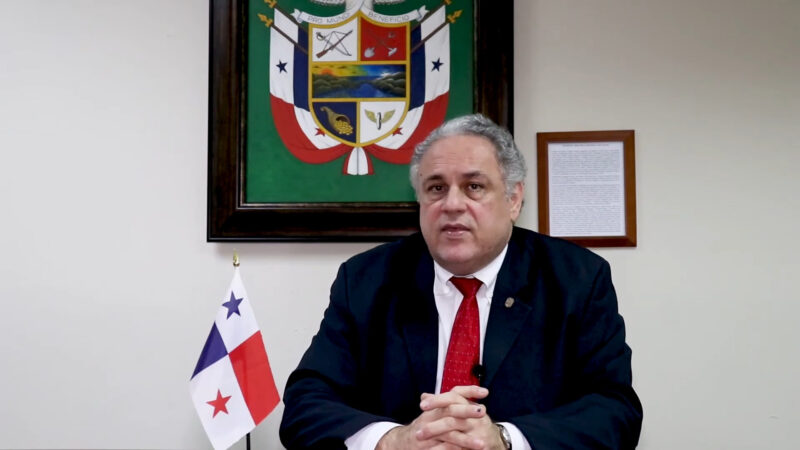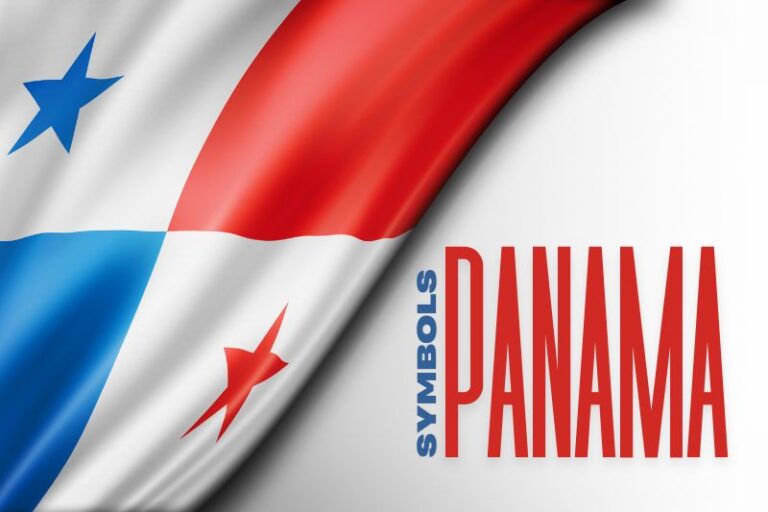PANAMA CITY.- “Our flag is not just a piece of fabric; it’s the heartbeat of our nation, a symbol that binds us together,” emphasized Luis De Ycaza, a renowned professor of Protocol at the University Santa Maria La Antigua and a distinguished member of the National Commission for the Symbol of the Nation.
For Panama, the sanctity and respect towards national symbols go beyond mere representation. It’s about upholding the nation’s pride, history, and identity. Ensuring the flag is hoisted with dignity, singing the national anthem with its true essence, and portraying the National Emblem accurately are matters of deep national pride and honor.
Realising the importance of these symbols, the Panamanian government introduced Law 2 on January 23, 2012. This law paved the way for a comprehensive manual detailing the appropriate use of national symbols. This guide aims not just to educate but to instill a sense of pride and responsibility among citizens about their national emblems.
This manual is a treasure trove of information, encompassing the rich history of Panama’s patriotic symbols, vivid imagery, color codes, the authentic rendition of the national anthem, precise flag dimensions, and much more.
In a significant move in October 2015, President Juan Carlos Varela inaugurated the members of the National Commission of the symbols of the nation. The team, appointed in 2018, comprises esteemed personalities like Berrio-Lemm, Rommel Escarreola, Eduardo Castillero, Kilda Pitty, and Irvin Halman. Their primary mission?
To guide and enlighten various entities, corporations, media houses, and anyone keen on understanding the true essence and correct usage of Panama’s cherished national symbols.
Why is it Important to Regulate the Use of National Symbols?

“It happens sometimes that too large flags with stars too small or small flags with exaggeratedly big stars are observed. Colors range from light blue to blue, and pink to red wine. It should not happen,” De Ycaza said in an interview with the newspaper La Estrella.
He also said that members of the committee to which he belongs found a lot of textbooks that had the wrong symbols, such as the use of different types of eagles in the national emblem. ‘There is no uniformity in the use of national symbols; that’s not right ‘, they said.
And how Are the National Symbols?
The first two flags of the Republic of Panama were held on November 2, 1903, by Maria Ossa de Amador and Angelica B. Ossa, under the design of Manuel E. Amador. It is believed that one of these flags was stirred on November 3, 1903, after the separation of Colombia. The second was given to US President Theodore Roosevelt.
The flag of Panama is a quadrilateral divided into four equal parts. The upper left, white with a blue five-pointed star; the upper right, red; the bottom left, blue; and the lower right white with a red five-pointed star.
As for the anthem, and according to what was reviewed by newspaper La Prensa, Jorge Santos adapted a composition that in 1897 was made as the Hymn to Bolívar, which was written by Juan Agustín Torres. This melody was known as the Isthmian Anthem.
On July 18, 1904, Jorge interpreted this adaptation as an official act, in the absence of a hymn of Panama. The melody was played repeatedly and publicly.
In 1906 it was convened a public contest was convened to choose the anthem of Panama. Upon hearing the adaptation of Jorge, the public recognized it and applauded it, which gave him victory.
The author of the lyrics of the anthem of the song is Jerome Ossa and was adopted as the anthem of the Republic of Panama according to Law 39 of 1906. The history of the national emblem has gone through several versions. Initially, its creation was awarded to brothers Sebastian and Nicanor Villalaz, but Max Lemm was left out.
Over time, the real story came to light. In 1903 a public contest was called to choose the coat of arms of the nascent country. Nicanor Villalaz had in mind a design, but he needed someone else to draw it.
His brother, artist Sebastian Villalaz, lived in Ecuador and did not come in time to Panama for the drawing. On December 7 of that year, Nicanor went to Max Lemm’s study and explained to him what he had in mind. The next day the design was finished.
Although the competition had closed the previous day, the jury accepted Villalaz and Lemm’s design and after studying all proposals, they were declared winners. Law 64 of June 4, 1904, was the first to adopt this design as the emblem of Panama. The confusion arises when needing to capture the national emblem in large format, Sebastian Villalaz did it.
Over time, the name of Lemm was diluted, until the books only adjudicated the national emblem design to the Villalaz brothers. It was not until 2012, through Law 2 of January 2, that Law 34 of 1949 was reformed, and the contribution of the artist is recorded in the history of the national emblem. In 2010, a scandal was presented because 60,000 passports and driver’s licenses with a national emblem on which was a sledgehammer and a shovel instead of a hoe and a shovel were printed.
From this fact, it was decided to form a committee to ensure the proper use of the symbols of the nation. ‘The hoe in the national emblem existed since 1904 and no changes should be made in 1941 and 1949. What we did was going back to the original working tool of Panamanians’ Rommerl Escarreola, a member of the commission, said to the newspaper La Estrella.
He further stressed that the bird in the emblem should be a harpy eagle. In addition, the emblem must go on a green background and with 10 stars representing the 10 provinces of Panama.
The Commission and Its Manual

In 2012, the National Commission of Symbols of the nation and its five commissioners was created. Among its missions, is the development of a manual for the correct use of symbols.
The commission delivered the manual in May 2014. By November 2015, the manual had not yet been reviewed by lawyers from the Ministry of Government, despite having been given 18 months earlier.
By November 2016, the manual was not yet approved. Vladimir Berrio-Lemm, director of the National Commission on National Symbols, told La Estrella that he hopes that the manual is approved “this year”.

